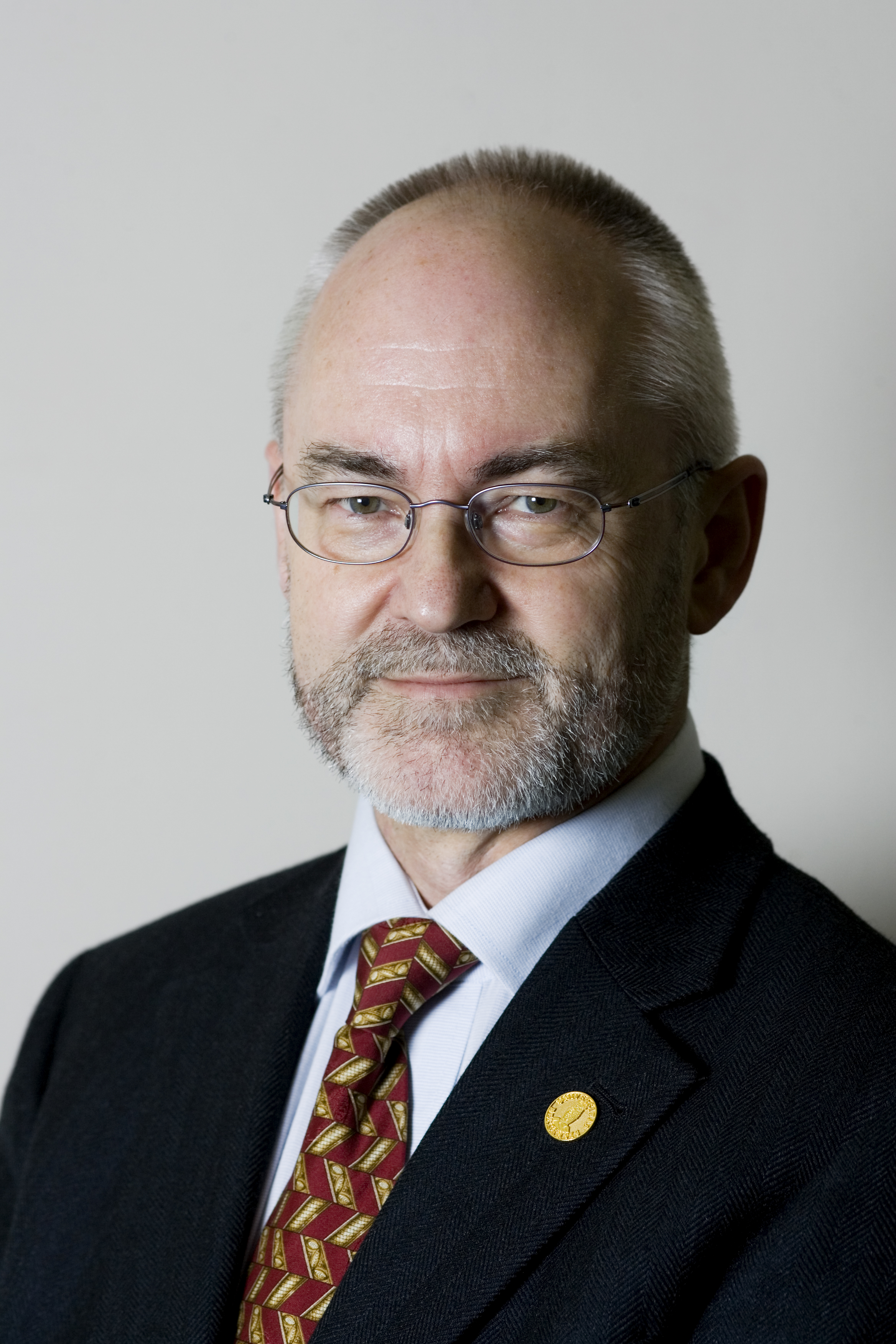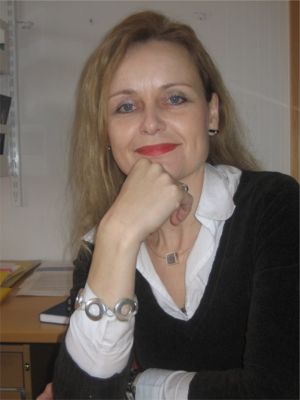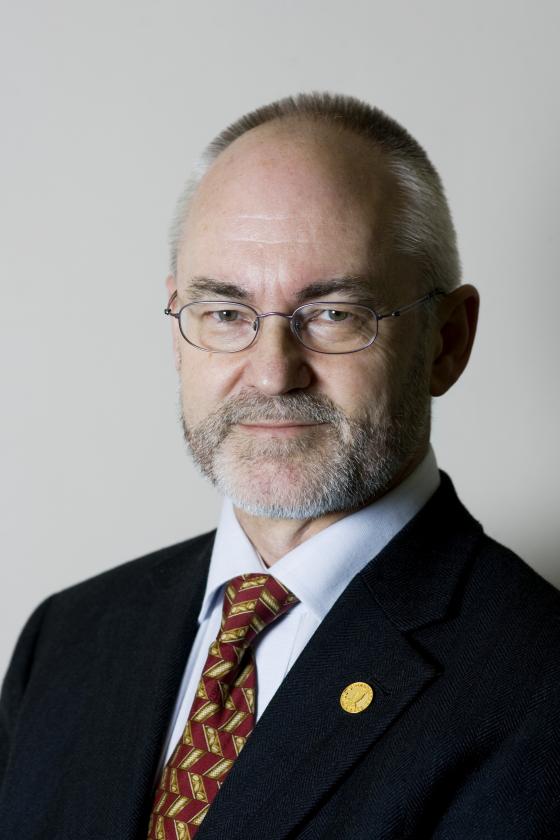Welcomes earmarking
Norwegian higher education institutions are positive to earmarking of posts for women.

"We have been waiting for this, so we welcome the news," says Sigmund Grønmo, Rector at the University of Bergen.
He has been follwing the debate about earmarking since Øystein Djupedal, the former minister of Education and Research started to look at this measure again.
"How should this be carried out in order to achieve the best possible results?"
"First we have to take a closer look at what measures that will be used and how they should be incorporated into the National Budget. Then we can consider how to use them. We have to make sure that they are used sensibly and that they don’t lower the current quality standards," he says.
Reactions
"How do you think the different academic communities will react?"
"I don’t think there are any systematic differences between the academic communities. But we know that there are varying standpoints on the use of earmarking in academia. Some people will probably call for a debate," he says.
"Aasland wants to focus on temporary posts. Is that enough?"
"It is not enough to achieve gender balance amongst professors in the short run. But it is important to make sure that women get the opportunity to qualify for these posts," he says.
Easier
Aslaug Mikkelsen, Rector at the University of Stavanger, believes the internal discussions about gender equality and earmarking will be easier when earmarking is included in the National Budget.
"At many institutions earmarking of posts has been a controversial matter. Everyone agrees on the need to recruit more women for leading positions and for improving the gender balance amongst professors. However, with limited resources internal discussions about earmarking easily arise. By including this measure in the National Budget we avoid these conflicts and are left with only the positive effects."
"How should this be done to ensure the desired results of the earmarking?"
"We have to be realistic and patient and work actively to get qualified applicants to the subjects with few women. In many fields this means starting at the master level. At the University of Stavanger we have this year offered project funding for women-initiated and women-led projects. We received a lot of applications. If we combine this with earmarking, we can achieve good results."
"Aasland wants to focus on temporary posts. Is that enough to ensure gender balance in the university and university college sector?"
"Based on experience it seems that the most critical time is the period after finishing a doctoral degree and the following career advancement. It is therefore important to establish enough post doc. posts."
New positions
Vice-rector at the University of Oslo, Inga Bostad, also welcomes the measure. She was present during Aasland’s speech and was part of an advisory group that helped the Women in Science Committee settle on measures to increase the ratio of women in academia.

"I support it wholeheartedly and I am glad that it will be incorporated into the National Budget," she says.
"How do you think the academic communities will react?"
"I know that university managements throughout the country are positive. But there are probably groups that will start a debate on the issue. We have to assume that the earmarking is accompanied by new posts," she says.
On the students’ part earmarking is well received.
"We think it’s great. There is currently a gender imbalance; statistics show that while 60% of the students are women they only constitute 18 % of the professors. We believe earmarking is necessary," says Ingvild S. Reymert, head of the National Union of Students in Norway.
Translated by Vigdis Isachsen
